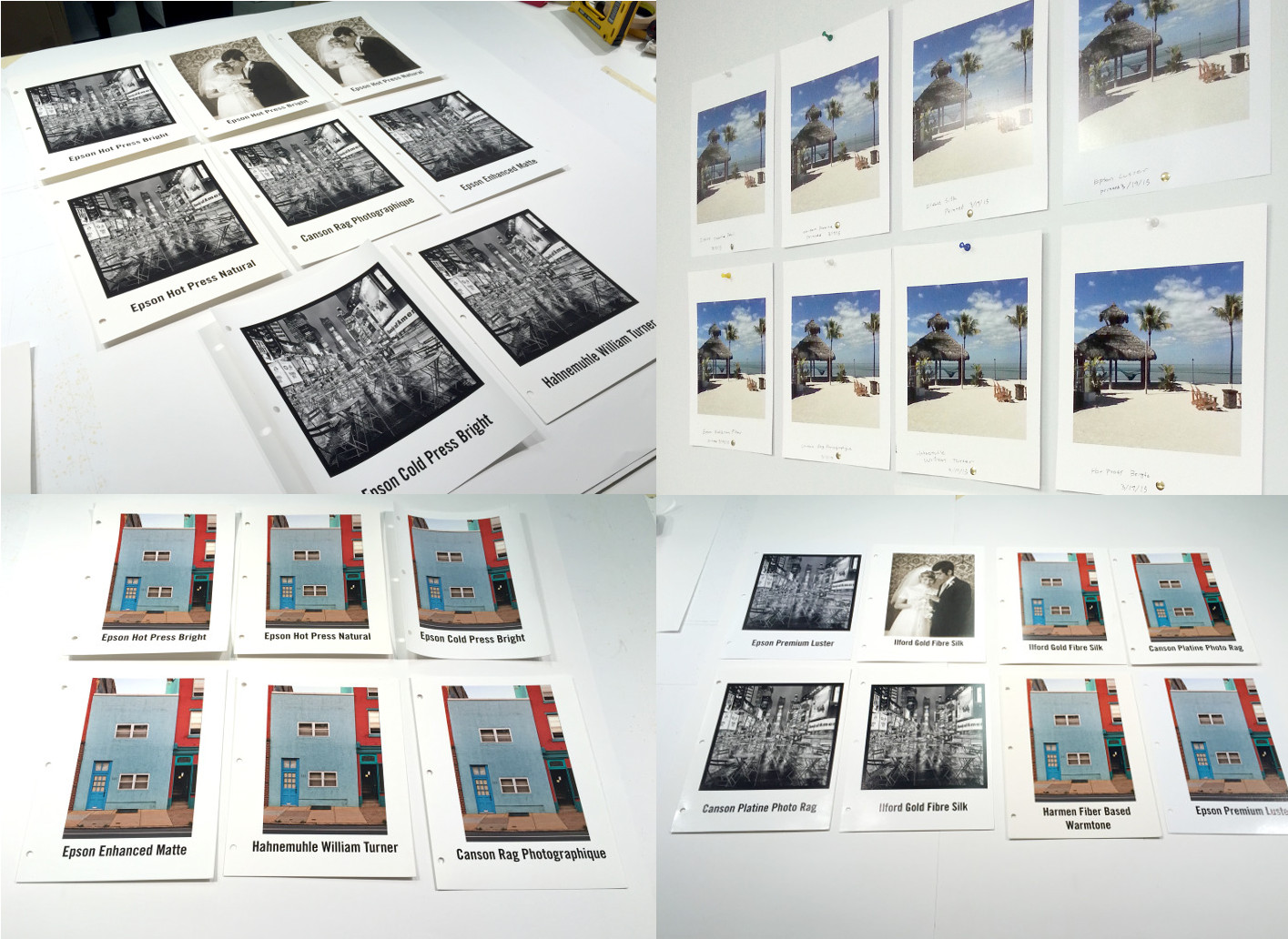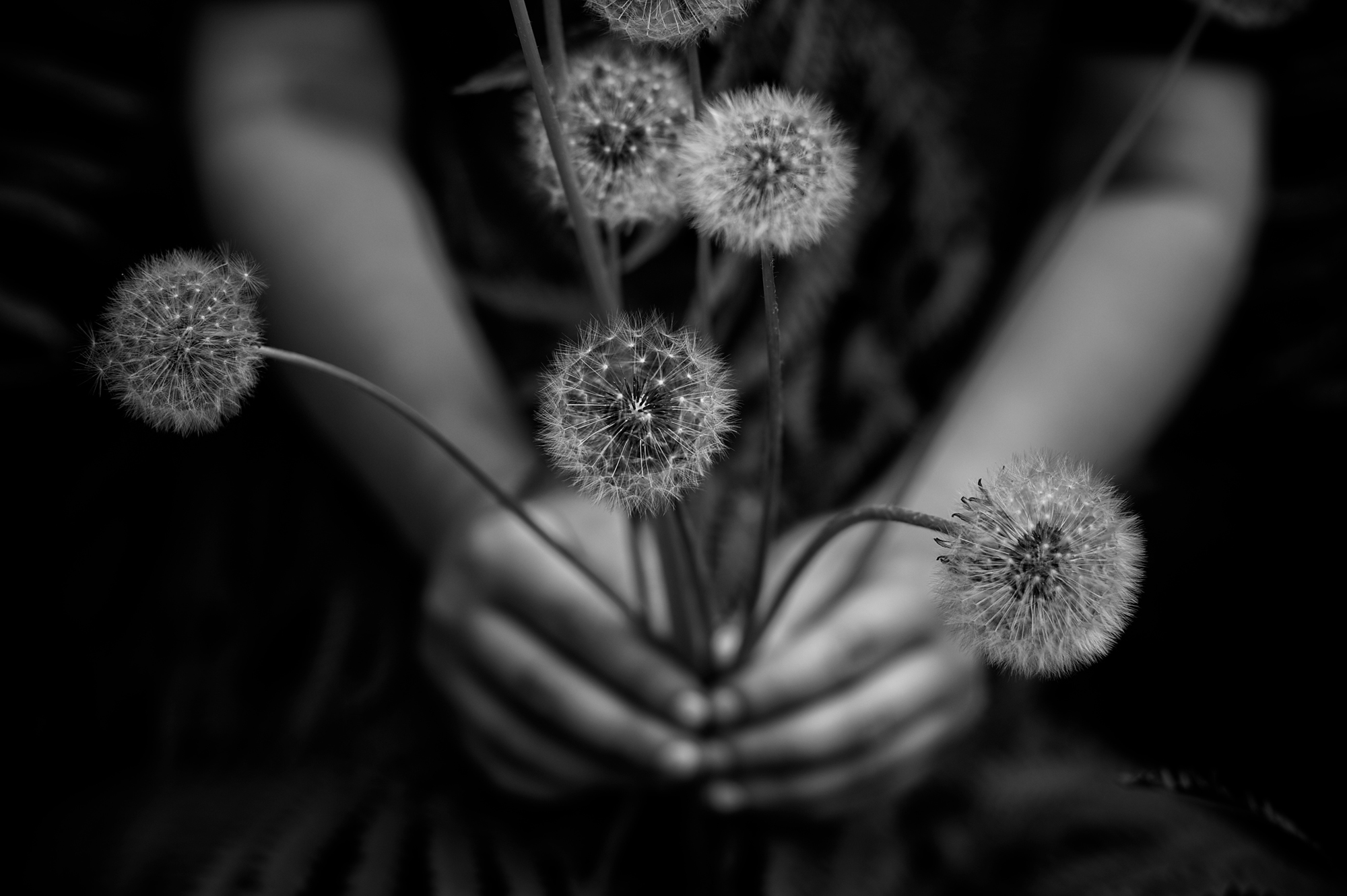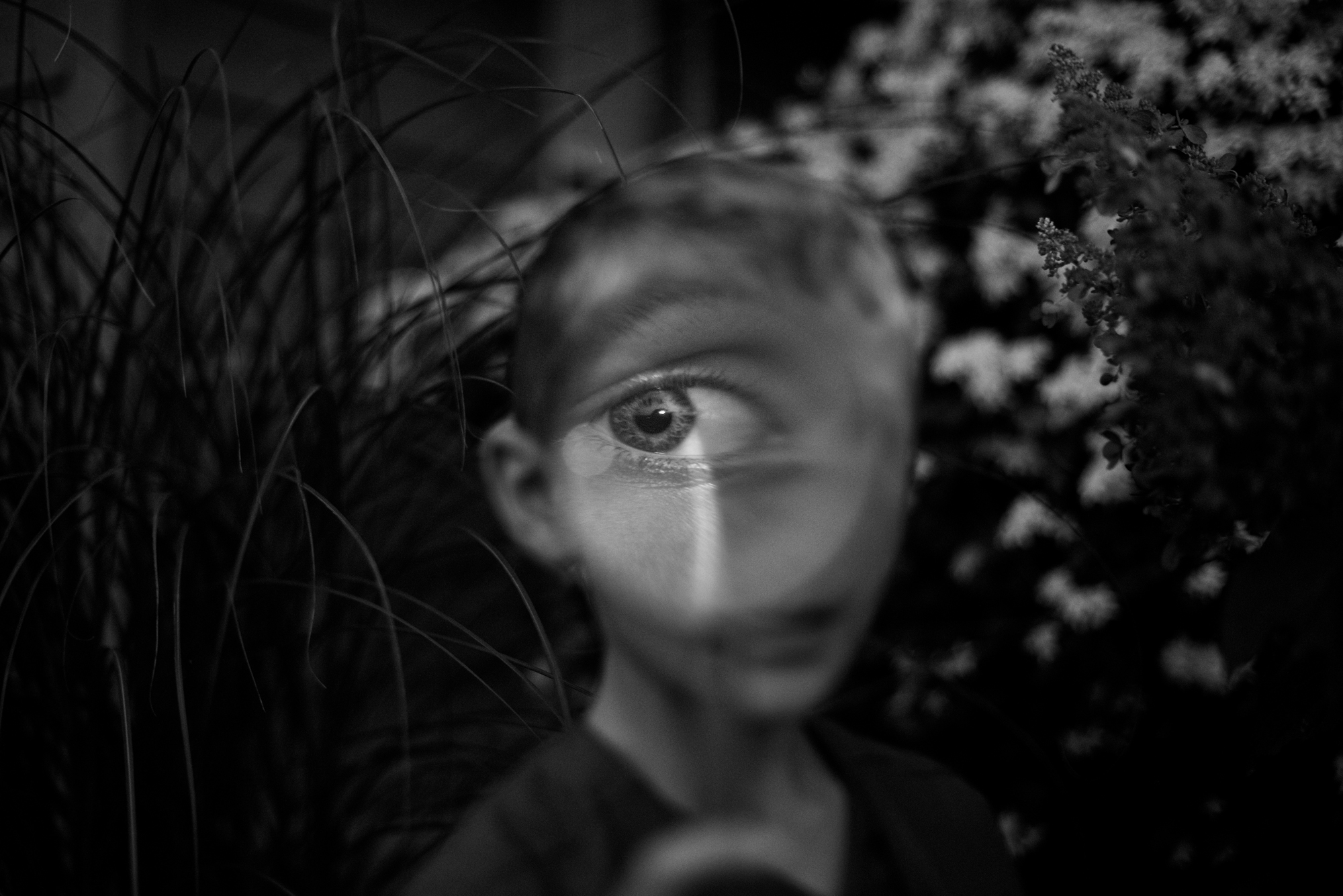The world of digital papers is endless but not all papers are created equal! Here at Panopticon we use a variety of papers with Canson and Epson being our preference for their archival natures. While we have our favorite papers to work with we are always happy to custom order papers for you and create new printing profiles for our printers. Paper choice is a personal preference and we recommend that you come in to review the options and talk to us about what you are looking for. If you are not able to come in to the office we can provide you with test prints on a variety of papers so you can review them at your convenience.
Our price lists offer two qualities of paper: standard and exhibition. Both paper options use archival inks. The only difference is standard papers are a lighter weight than the exhibition papers. If you think about it in old school darkroom terms, standard paper is the equivalent to RC paper and exhibition paper is fiber paper (for a more in depth look at darkroom papers visit our Darkroom Details blog post!)
Here are some of the papers we offer for digital printing:
* - marks "standard" papers"
MATTE PAPERS:
Epson Hot Press Natural
Epson Hot Press Bright
Epson Cold Press Bright
Canson Rag Photographique
Hahnemuhle William Turner
Epson Enhanced Matte *
GLOSSY & LUSTER PAPERS:
Canson Platine Photo Rag
Canson Baryta
Epson Premium Luster *
Breathing Color Vibrance Metallic
Harmen Fiber Based Wamrtone
Ilford Gold Fibre Silk
Hahnemuhle Fine Art Pearl








































